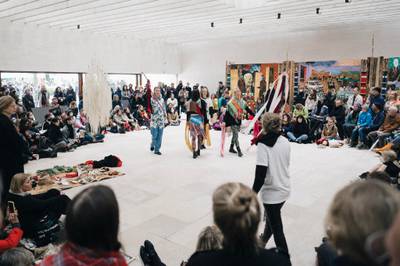

Research Papers
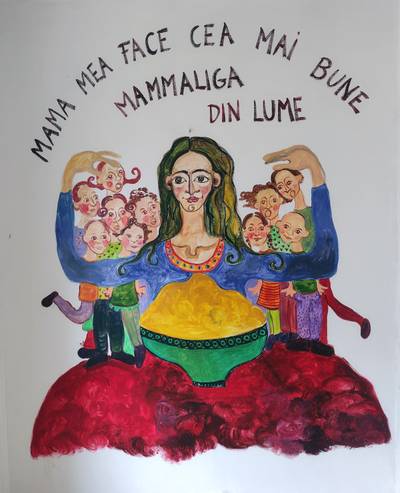

Collaborative methodologies can open research to plural knowers, knowledges, and ways of knowing which institutions stand to gain social and racial capital and good assessments of diversity and inclusion practices. But can such collaborations be truly reciprocal? What do the co-researchers gain, and who decides on the terms and potential gains of co-researching?
READCreating Critical Tools Through Romani Vernacular Storytelling
Collaborative methodologies can open research to plural knowers, knowledges, and ways of knowing which institutions stand to gain social and racial capital and good assessments of diversity and inclusion practices. But can such collaborations be truly reciprocal? What do the co-researchers gain, and who decides on the terms and potential gains of co-researching?
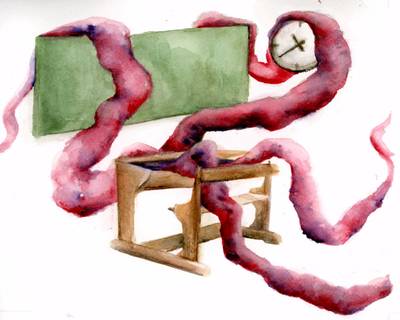

Can a child be a monster? asks journalist Päivi Happonen in an opinion piece published by YLE last year, responding to a case of violent abuse in which four students physically harassed a younger student in their schoolyard in Vantaa during breaktime. The injuries were severe enough for school staff to call an ambulance. In past decades, Finnish society has witnessed several cases of major physical abuse on school premises and violence against teaching staff. Add to this, three school shootings and two other deadly uses of weapons in school facilities between 1981 and 2019.
READTowards Monstrous Pedagogies
Emma Hovi on why it is imprtnat to distinguish between processes of Othering and processes of monstering in the wake of school bullying.
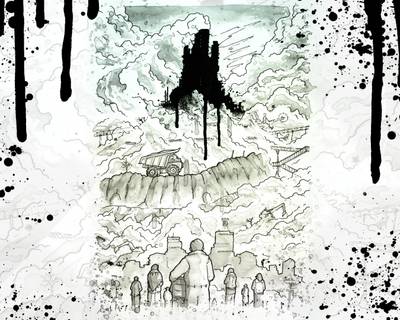

Through everyday engagement with industrial materials and machines, workers often develop strong attachment and a sense of pride towards industries. However, increased care about the industry may influence workers’ estrangement from their bodily needs. As a result, they start prioritizing productivity over their health and well-being. I define intertwined relations of industrial attachment and self-damage as “destructive care.”
READProductive Bodies, Care and Destruction
Anna Varfolomeeva’s essay on the paradoxical parallels between more-than-human care and self-destruction in the realm of heavy industries.
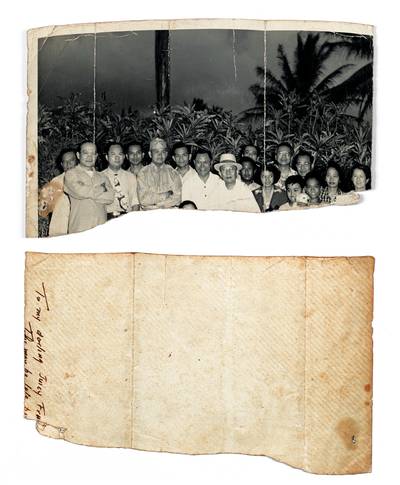

The diversity of the Filipino diasporic experience is often left unaddressed and conveniently reduced to give way to a cohesive idea of identity. How do we go back? And should we do that at all?
READA Displacement, a Discomfort, a Translocation
The diversity of the Filipino diasporic experience is often left unaddressed and conveniently reduced to give way to a cohesive idea of identity. The importance of return is shaped by the multiple forms of the diaspora. How do we go back? And should we do that at all?
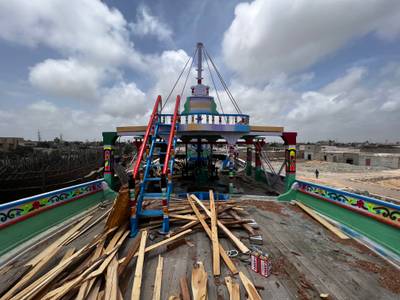

Through artistic research, Seascape of Imagination is an attempt to unravel the intricate ties between South Asian transnational craftmanship practice and the nuanced processes of decoration and labour, emphasising the boat engineering craftsmanship that survived colonial and nationalist modernity. A significant aspect of this project is challenging the prevailing modern distinctions between art and craft, especially when contextualising the act of painting as a decorative aspect of the shipbuilding done by members of the fishing community.
READSeascape of Imagination
‘Seascape of Imagination’ revisits the economic structures in Indian Ocean fishing ports and envisions a revitalised economic structure for Karachi’s Ibrahim Hyderi port, where imagination is intertwined with indigenous craftsmanship. The text here portrays an imaginative future—a fleeting yet delightful glimpse into a utopian future, a momentary paradise of tangible accessibility, a brief utopia, a brieftopia.
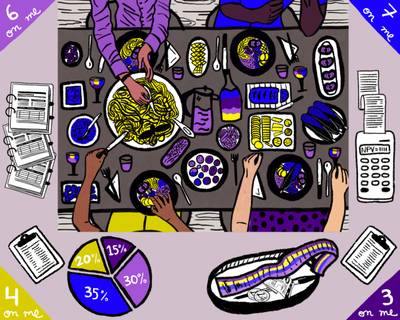

The practice of non-binary accounting is not new. Friends who “anexactly” rotate covering tabs for food and drink at bars, who do not keep a precise ledger delineating who owes what to whom, are constantly engaging in small-scale non-binary accounting practices. This text wonders whether a more rigorous formalization of the practice of non-binary accounting that is specifically geared towards subverting and dismantling binary accounting practices could be “scaled up”, so that communities and public institutions “splitting the tab” for large scale social initiatives can transact “anexactly”.
READAccounting Otherwise: Non-Binary Book-Keeping & Fugitive Public Financing
The practice of double-entry or binary accounting presumes and contributes to the systemic reproduction of creditors and debtors, haves and have-nots, privileging the former over the latter. The practice of non-binary accounting might enable us to subvert and dismantle the systems that reproduce such unequal relations.
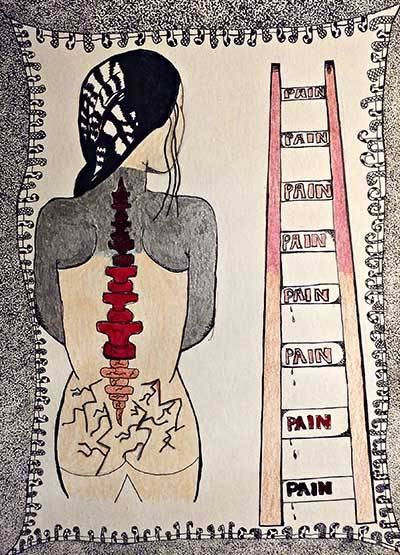

Chronic pain is a notion created within biomedicine that reduces it to a biological process—dismissing the cultural, social, economic, political, and technological relations that shape it. As might be expected, this standpoint has not proven fruitful for its bearers or society at large. Bear in mind that chronic pain differs from a general understanding of pain because it is not merely a physical experience but has an all-encompassing sensory and emotional effect, as well as long-term transformations in the intellectual and agential capacities of the ones that bear it.
READBearing Chronic Pain: What Can Art Offer?
Through the generationally and formally distinct artworks of Frida Kahlo and Eugene Lee, this paper explores the potential of artistic expressions in revising deeper cognitive aspects of chronic pain to challenge, diagnose and comprehend chronic pain.
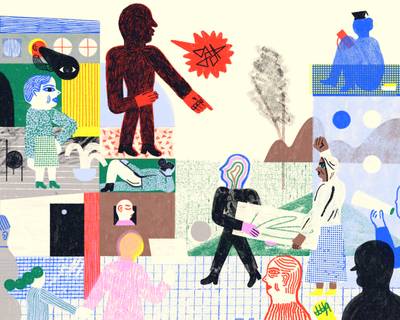

The lyrical “I” lifts the confessional weight of the European sciences of psyche and spirit that pressure the speaker of the artistic research text to disclose even the most minor or derailing failures of the project so as to follow the “true” curve of the journey. I confess. I think I have done this myself, and the unsatisfying feeling it left me with is what is driving this text.
READThe “I”s of Artistic Research
This essay considers the lyrical dimension of artistic research and the research dimension of the lyric poem. Tracing multiple aesthetic, poetic, and political uses of the singular first-person in research, a case is made for the layered lyrical “I” in Artistic Research writing, against the singular confessional “I”, the auto-“I”, the post-internet “I” or the absent experimental or avant-garde “I”.

